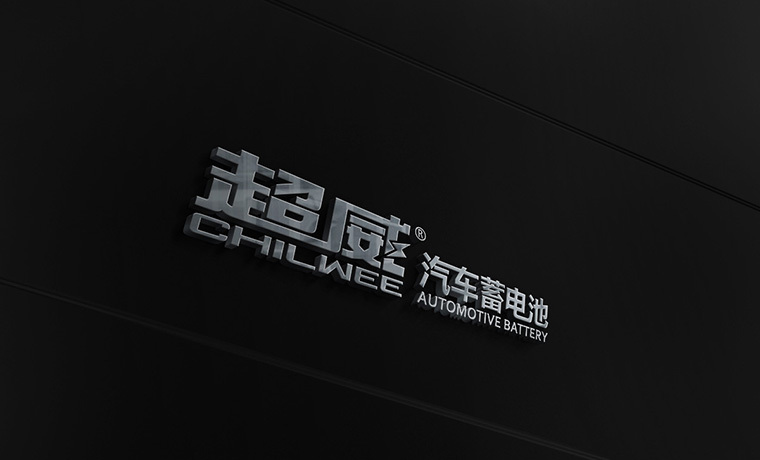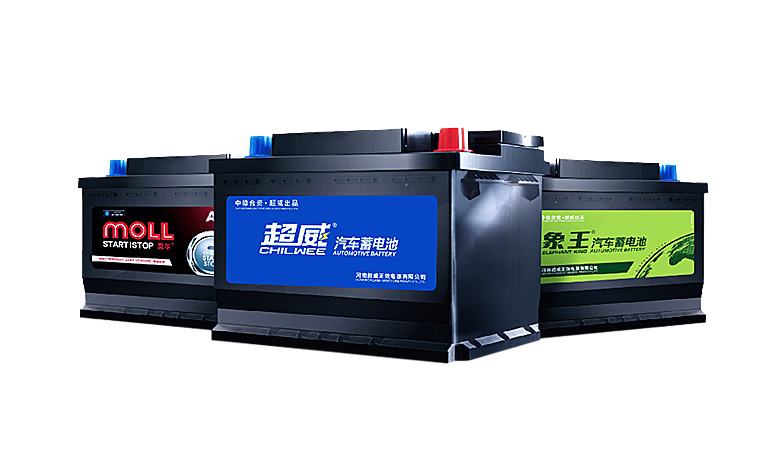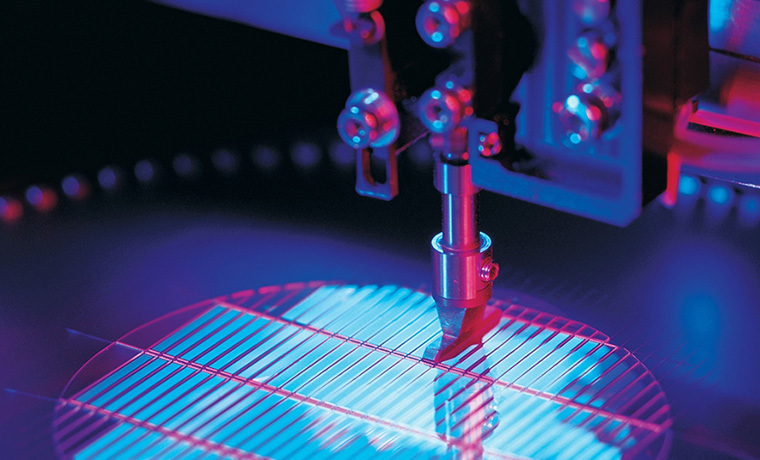How to select the capacity of battery point matching with the equipment?
Time:
Oct 17,2022
Calculation method: Add the total power of the equipment For example, the total power of the scrubber = the power of the scrubbing brush motor+the power of the suction motor+the power of the driving motor Total power of equipment ÷ voltage of equipment = the current when discharging The current when discharging × the working hours of the equipment = the required battery capacity Remarks: Because of the volume of the battery slot of the equipment, the battery may not meet your requirements (because the volume of the large-capacity battery is also large), so you can only choose the large-capacity battery as much as possible to meet the demand. How to avoid misleading in the process of selecting batteries and chargers? Choose the right channel: Consult with companies engaged in the battery industry As we all know, automobile manufacturers don't produce tires and batteries, refrigerator manufacturers don't generate electricity, and cleaning equipment manufacturers and sellers don't produce batteries either, so they don't have the expertise in batteries. As far as we know, some vendors of cleaning equipment provide users with starter batteries or backup power batteries (perhaps for reasons unknown). After 3 months of use, the service time of the batteries is greatly shortened or even invalid. In addition, some sellers do not guarantee the batteries. Remarks: Sellers of cleaning equipment can only sell machines without batteries and chargers, and don't make the mistake of thinking that you have to use their batteries and chargers for their machines (batteries and chargers and cleaning equipment are totally two industries). Consult a company engaged in power batteries As far as we know, some users go to the auto parts market to buy starter batteries. Sellers engaged in automotive starter batteries generally don't know much about power batteries, and even if they do, they don't have any stock. They usually need to place an order, and then they transfer the goods to a company specializing in power batteries. In addition, in order to ensure the service life of batteries, companies of power batteries are all equipped with intelligent chargers. Pay attention to the following when purchasing:: Price: If the price is too low, it can generally be a starter battery or an ordinary charger. The weight of the battery: The capacity of the battery depends on the area of the internal active material, and the main component of the lead-acid battery is lead. The specific gravity of lead is 11.36g/ cm3, so the larger the volume, the greater the capacity. In addition, if the weights of different manufacturers are compared under the same nominal capacity, the heavier the weight, the more accurate the data will be. What is the standard of rated capacity of battery: Because there are several different discharge rates in the world (that is, the discharge rate of a battery is expressed by the discharge time or the number of hours required to discharge the rated capacity with a certain discharge current), among which 20-hour rate, 10-hour rate and 5-hour rate are common. Generally, the nominal capacity of 20-hour rate is only 85% of that of 5-hour rate. Therefore, measuring by different standards will result in completely different usage time. Distinguish the types of chargers: Ask whether the charger is special for power battery Ask whether the charger is power frequency or high frequency Ask whether the charger has multi-stage charging function Tell you the working voltage and capacity of the battery Never use an open battery charger to charge the valve-regulated lean-liquid battery (so-called maintenance-free battery). The two charging curves are different, and the termination voltage is different. If the open battery charger is used to charge the valve-regulated lean-liquid battery (so-called maintenance-free battery), the valve-regulated lean-liquid battery (so-called maintenance-free battery) will be overcharged; Conversely, it will be under-charged.
Calculation method:
Add the total power of the equipment
For example, the total power of the scrubber = the power of the scrubbing brush motor+the power of the suction motor+the power of the driving motor
Total power of equipment ÷ voltage of equipment = the current when discharging
The current when discharging × the working hours of the equipment = the required battery capacity
Remarks: Because of the volume of the battery slot of the equipment, the battery may not meet your requirements (because the volume of the large-capacity battery is also large), so you can only choose the large-capacity battery as much as possible to meet the demand.
How to avoid misleading in the process of selecting batteries and chargers?
Choose the right channel:
Consult with companies engaged in the battery industry
As we all know, automobile manufacturers don't produce tires and batteries, refrigerator manufacturers don't generate electricity, and cleaning equipment manufacturers and sellers don't produce batteries either, so they don't have the expertise in batteries. As far as we know, some vendors of cleaning equipment provide users with starter batteries or backup power batteries (perhaps for reasons unknown). After 3 months of use, the service time of the batteries is greatly shortened or even invalid. In addition, some sellers do not guarantee the batteries.
Remarks: Sellers of cleaning equipment can only sell machines without batteries and chargers, and don't make the mistake of thinking that you have to use their batteries and chargers for their machines (batteries and chargers and cleaning equipment are totally two industries).
Consult a company engaged in power batteries
As far as we know, some users go to the auto parts market to buy starter batteries. Sellers engaged in automotive starter batteries generally don't know much about power batteries, and even if they do, they don't have any stock. They usually need to place an order, and then they transfer the goods to a company specializing in power batteries. In addition, in order to ensure the service life of batteries, companies of power batteries are all equipped with intelligent chargers.
Pay attention to the following when purchasing::
Price:
If the price is too low, it can generally be a starter battery or an ordinary charger.
The weight of the battery:
The capacity of the battery depends on the area of the internal active material, and the main component of the lead-acid battery is lead. The specific gravity of lead is 11.36g/ cm3, so the larger the volume, the greater the capacity. In addition, if the weights of different manufacturers are compared under the same nominal capacity, the heavier the weight, the more accurate the data will be.
What is the standard of rated capacity of battery:
Because there are several different discharge rates in the world (that is, the discharge rate of a battery is expressed by the discharge time or the number of hours required to discharge the rated capacity with a certain discharge current), among which 20-hour rate, 10-hour rate and 5-hour rate are common. Generally, the nominal capacity of 20-hour rate is only 85% of that of 5-hour rate. Therefore, measuring by different standards will result in completely different usage time.
Distinguish the types of chargers:
Ask whether the charger is special for power battery
Ask whether the charger is power frequency or high frequency
Ask whether the charger has multi-stage charging function
Tell you the working voltage and capacity of the battery
Never use an open battery charger to charge the valve-regulated lean-liquid battery (so-called maintenance-free battery).
The two charging curves are different, and the termination voltage is different. If the open battery charger is used to charge the valve-regulated lean-liquid battery (so-called maintenance-free battery), the valve-regulated lean-liquid battery (so-called maintenance-free battery) will be overcharged; Conversely, it will be under-charged.
Recommended













